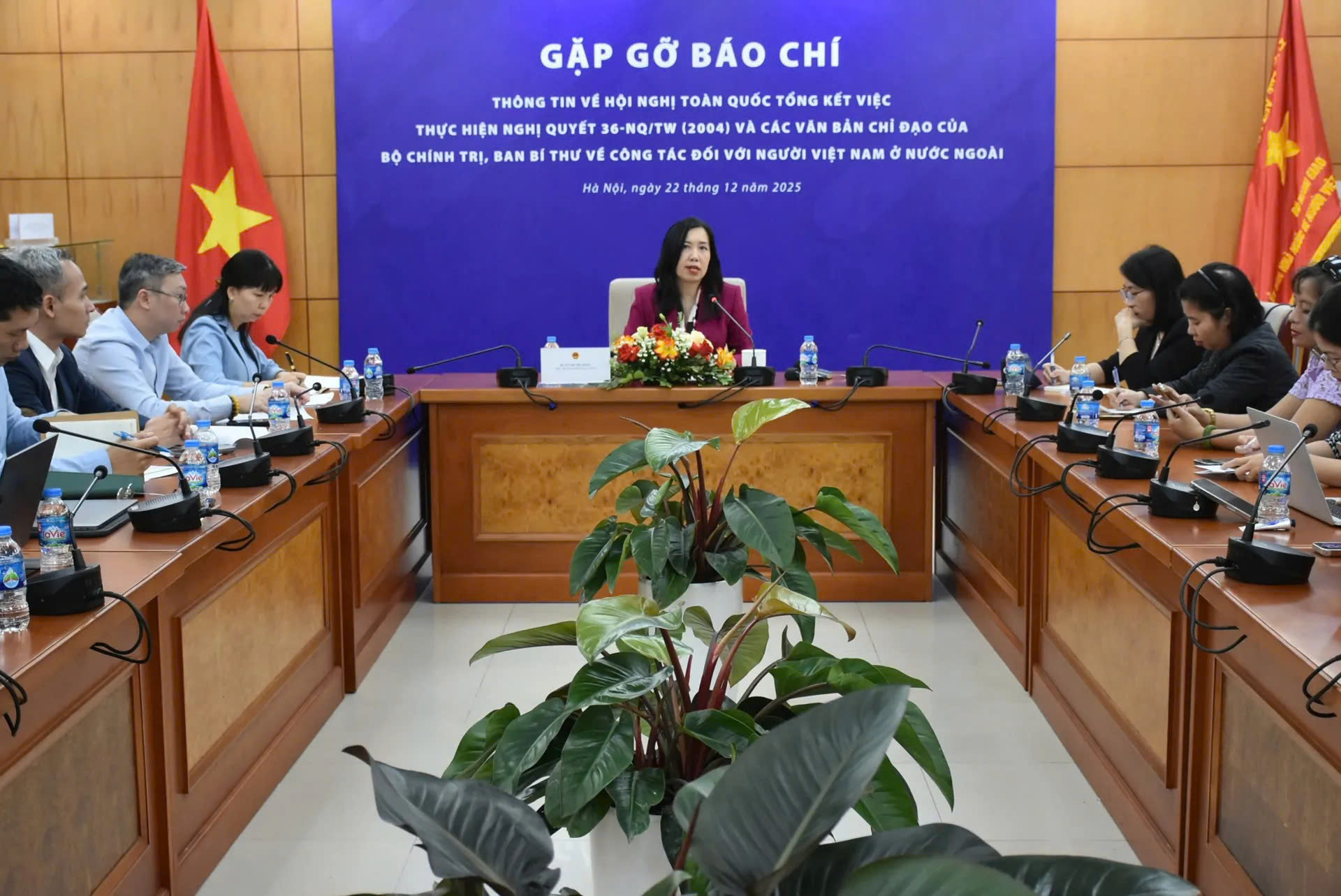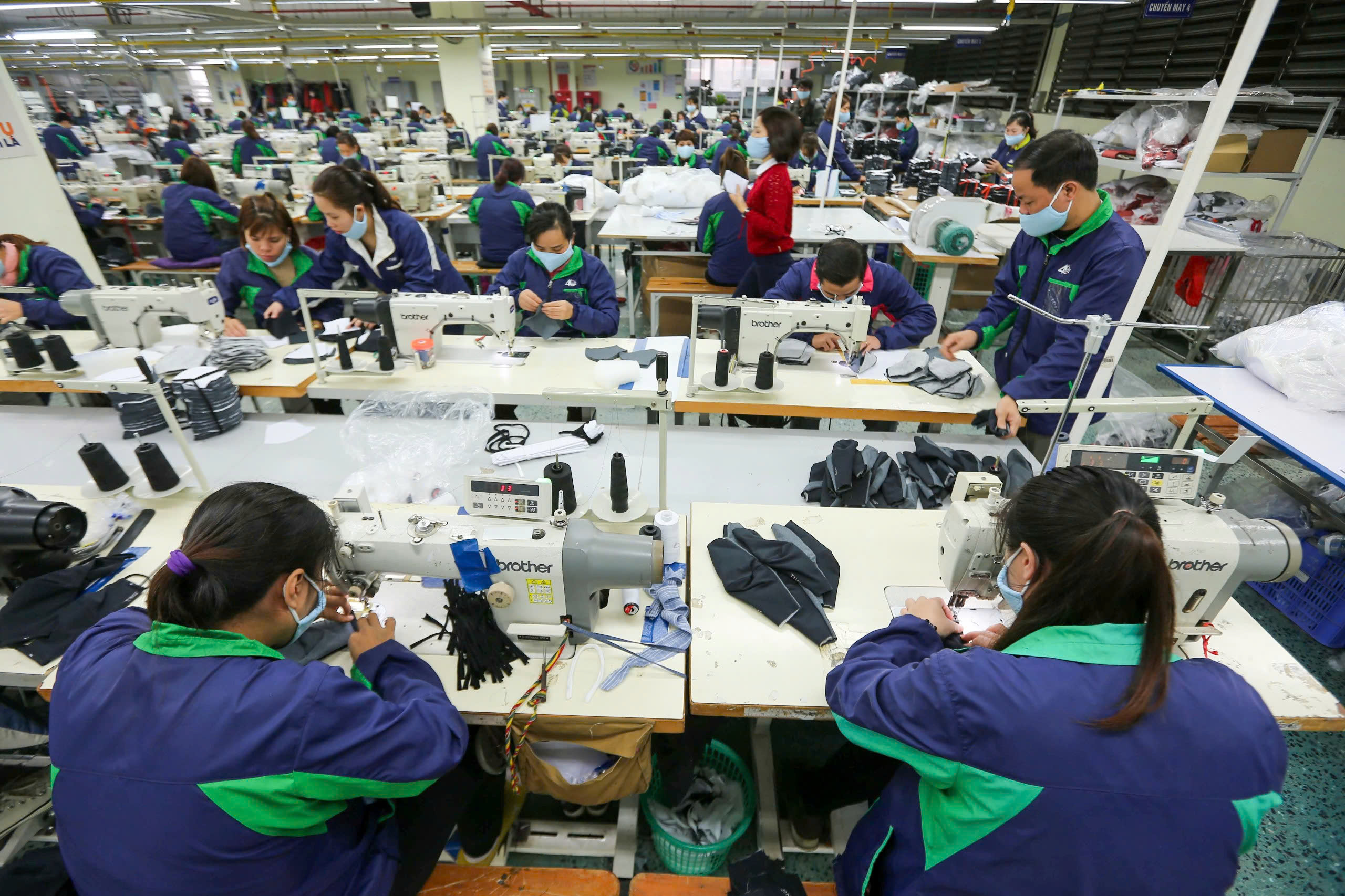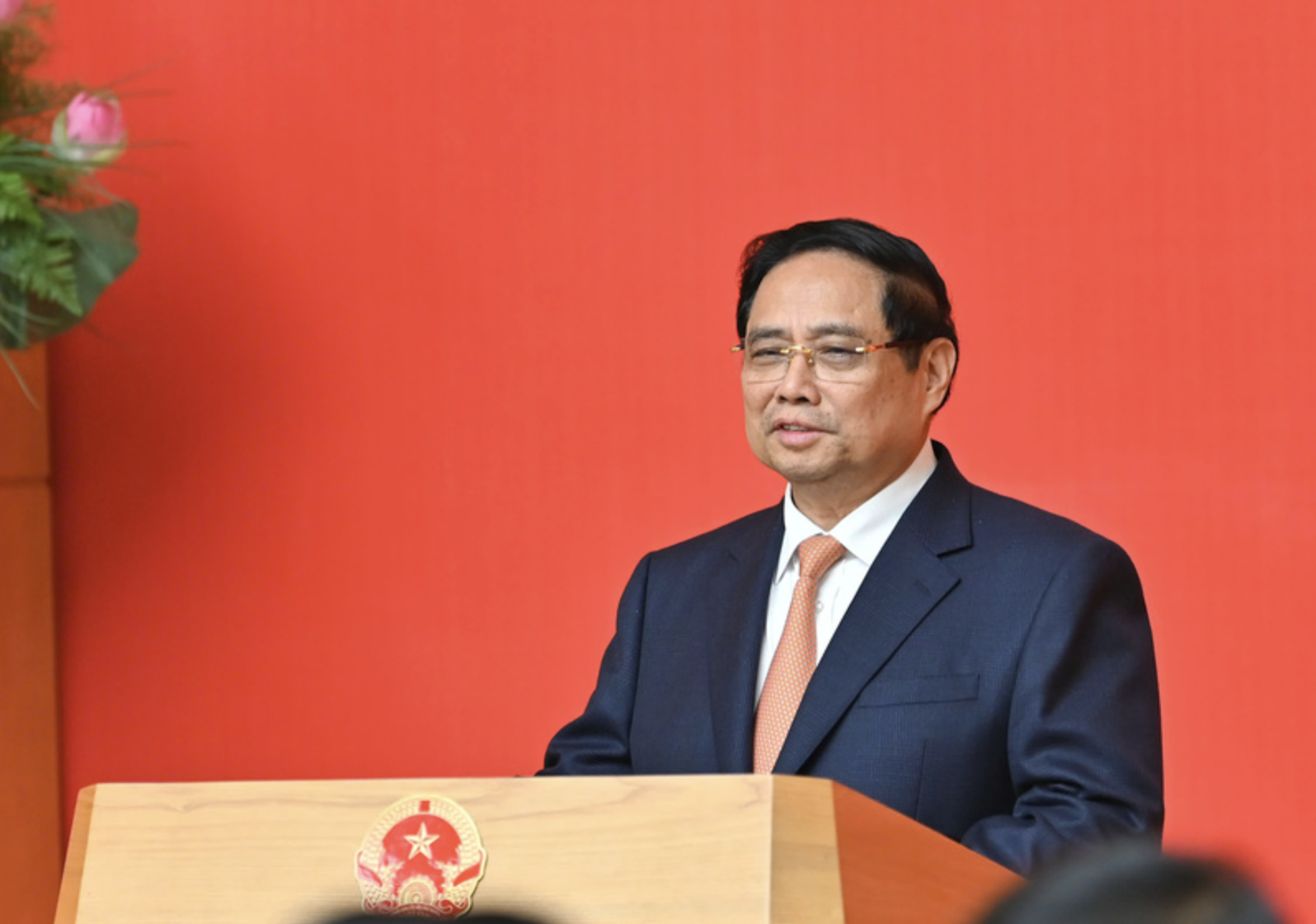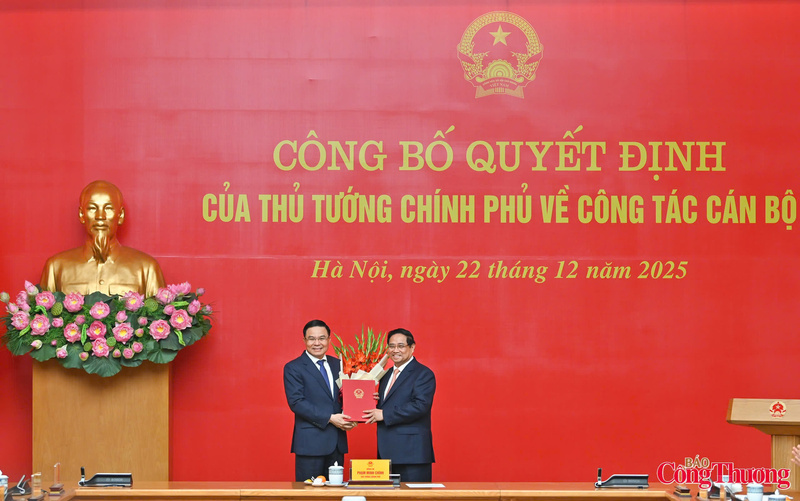
Vietnam to review over 20 years of Resolution 36 on overseas Vietnamese
19:05 | 23/03/2025 16:32 | 23/12/2025News and Events
From waste to value: Emerging models in Vietnam
Vietnam has pledged to achieve net-zero emissions by 2050, opening vast room for carbon reduction projects that not only protect the environment but also drive the growth of a circular economy. Models such as biochar production, biogas recovery, landfill gas-to-power, and waste-to-energy incineration are emerging as pioneering solutions.

The model of the Soc Son Waste-to-Energy Plant (Hanoi): a waste incineration for power generation system that reduces greenhouse gas emissions, minimizes the volume of waste sent to landfills, and turns trash into cash. Photo: Thu Huong
According to Le Quang Linh from the Emission Reduction and Green Finance Project at Giant Barb Science and Environment JSC, many models in Vietnam are showing strong potential. For instance, producing biochar from agricultural residues not only cuts methane emissions, a greenhouse gas 25 times more potent than CO2, but also improves soil quality, enhances crop yields, and reduces reliance on chemical fertilizers.
Studies in Vietnam suggest biochar can reduce methane emissions in wetlands by up to 91%. This is a viable solution for major agricultural regions where millions of tons of rice straw, husks, and coffee shells are burned each year.
In livestock farming, biogas recovery programs from pig waste not only reduce methane emissions but also provide cheap clean energy and organic fertilizers. More than 725,000 people have benefited from the Biogas Program for Vietnam’s livestock sector, which generates nearly one million carbon credits annually—a significant contribution to the program’s budget.
In urban areas, landfill gas-to-power and waste-to-energy plants are proving their dual effectiveness. While landfills are a major source of methane emissions, capturing gas for power generation, as seen at the Nam Sơn landfill, helps cut over 128.000 tons of CO2 annually.
Meanwhile, waste-to-energy plants in provinces such as Bac Ninh, Ha Noi, and Ho Chi Minh City process thousands of tons of waste each day, generate hundreds of megawatts of electricity, and reduce reliance on fossil fuels.
Integrated solutions to realize the potential
To channel these models into climate finance systems, Vietnam is gradually engaging in international cooperation mechanisms under Article 6 of the Paris Agreement. This framework is vital for mobilizing global technology and finance for emission reduction projects.
Article 6.2 allows countries to transfer carbon credits bilaterally, while Article 6.4 establishes a global carbon credit mechanism under UN supervision. Both require transparency, supported by internationally recognized systems for emission inventories, measurement, reporting, and verification (MRV).

Cargo ship exports gypsum products for use as cement additives. Photo: Thu Huong
Vietnam has begun this journey with Decree 119/2025/NĐ-CP, its first legal document governing the development of a domestic carbon market. At the same time, Vietnam is one of 46 host countries in 81 cooperative agreements for carbon credit transfers.
Challenges remain, however. These include the absence of a comprehensive legal framework, limited technological capacity, high investment costs, and uneven public awareness. Ensuring environmental integrity and preventing “double counting” in international transactions requires Vietnam to build a transparent national carbon credit registry aligned with UNFCCC standards.
According to expert Le Quang Linh, Vietnam needs to further refine its legal framework, particularly clarifying ownership and transfer rights for carbon credits, while avoiding overlaps with existing tax and fee policies. Investment in research and technology transfer is also essential, focusing on large-scale biochar and biogas production as well as advanced waste-to-energy technologies.
On the financial front, developing instruments such as credit guarantees, blended finance, or upfront payments would help reduce risks and make projects more attractive to investors. Alongside international funds like the World Bank and GCF, Vietnam should expand public–private partnerships (PPP) in this field.
Finally, raising public awareness of waste segregation, the environmental benefits of carbon credits, and their economic value is indispensable. Businesses also need greater support to join the carbon market through training, advisory services, and preferential policies.

19:05 | 23/03/2025 16:32 | 23/12/2025News and Events

19:05 | 23/03/2025 16:30 | 23/12/2025Trade

19:05 | 23/03/2025 23:26 | 22/12/2025Industry

19:05 | 23/03/2025 23:19 | 22/12/2025News and Events

19:05 | 23/03/2025 14:41 | 22/12/2025News and Events